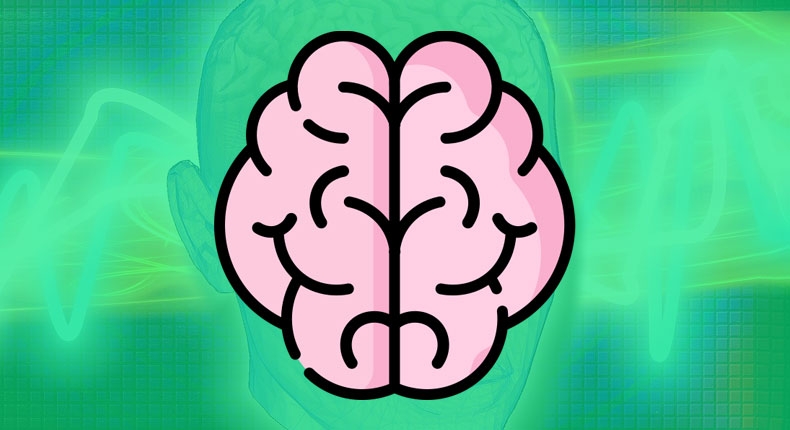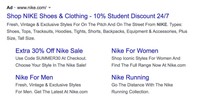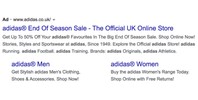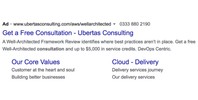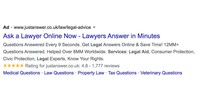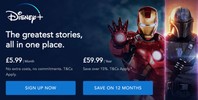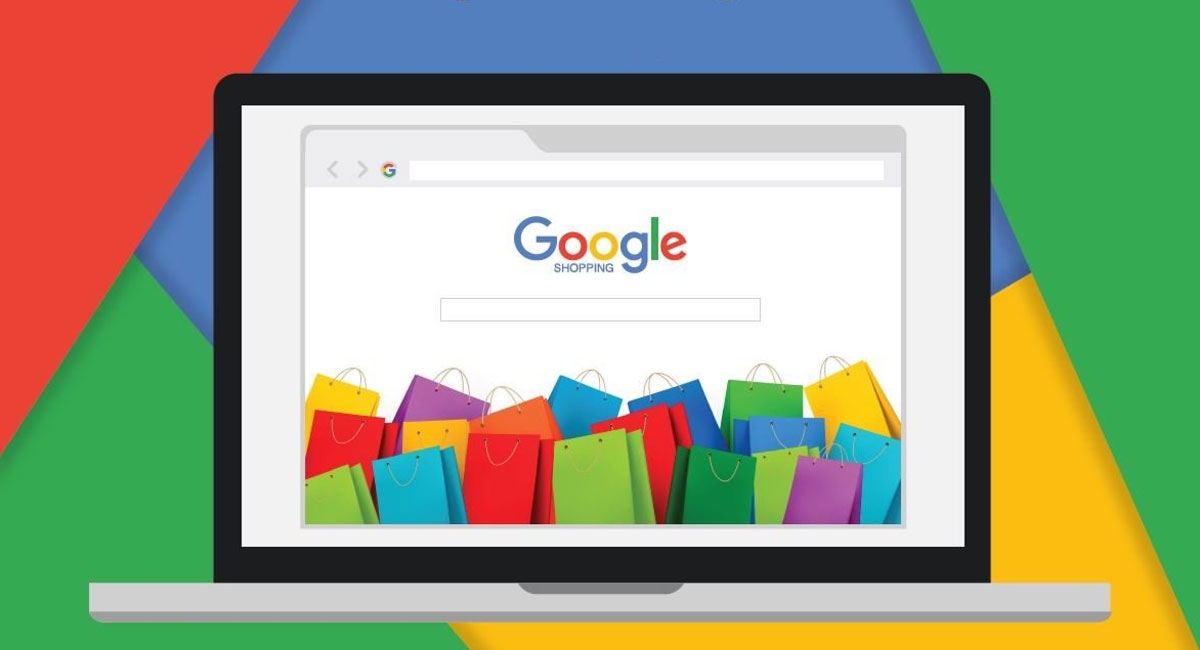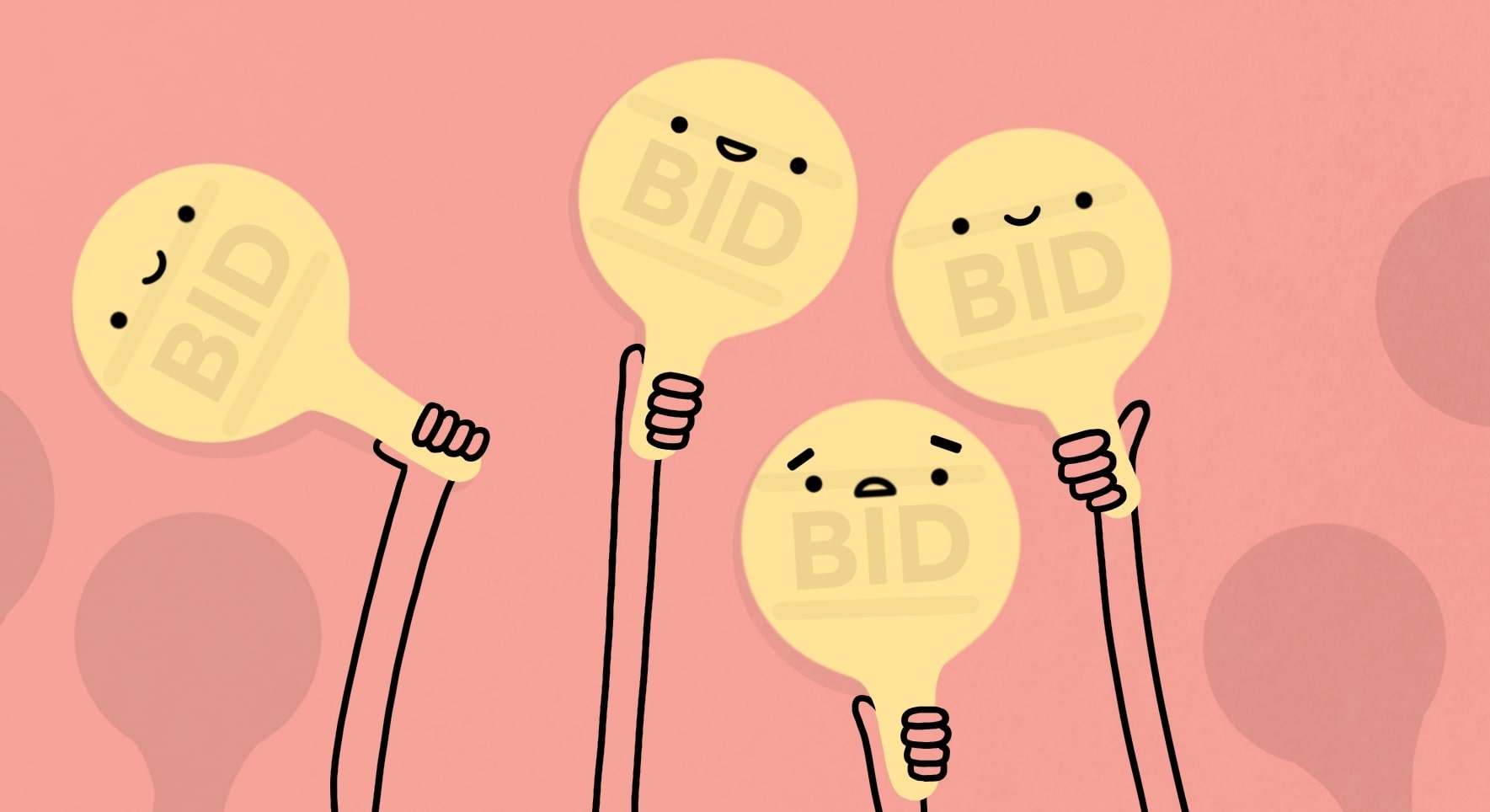Psychology and marketing go together, like bread and butter.
Any form of marketing is usually intended to influence someone to carry out a desired behaviour. Whether that’s filling out a contact form, making a purchase, or ringing a business number.
So, when it comes to PPC marketing, you can bet that psychology plays a massive role in the success of a PPC campaign.
In this free guide, we’ll be focusing on one popular model that looks at the main factors that influence human behaviour and with it the target audience of your brand.
Why is this important, and how does this relate to PPC ads you may ask? Keep reading, and you will learn the ways you can increase your click-through rates and conversion rates without needing to study the works of Derren Brown. (Now, he would have made a great marketer!).
The Fogg Behaviour Model
The Fogg Behaviour model is a widespread psychological framework that aims to explain the drivers of human behaviour. This model is often used in behavioural psychology to help people make better decisions and create new habits.
The social scientist behind the model is Dr. B. J. Fogg from Stanford University and his work focuses on what causes people to ‘buy right now‘.
The Fogg behaviour model explains how three elements must occur simultaneously for a behaviour to be completed.
The model suggests that a change in behaviour can only occur when people have the motivation (desire to act), the ability (ability to act) and a prompt (trigger to act) to activate the behaviour. When a task is not completed, at least one of these three elements is missing.
The equation for behaviour could look like this…
Behaviour occurs = Motivation + ability + prompt
- If the motivation is low and the task is hard, the trigger will fail.
- If the motivation is low and the task is easy, the trigger will work.
- If motivation is high and the task is hard, the trigger will fail.
- If the motivation is high and the task is easy, the trigger will work!
How Can We Apply the Behaviour Model to PPC Ads?
The Fogg behaviour model provides a framework to understand what stops people from completing a behaviour. By understanding what is stopping someone from completing an activity, it then gives us a chance to address the problem and look to change the behaviour in PPC campaigns to drive more sales.
We’ll now look at how this directly applies to PPC ad campaigns, or more specifically, Google Ads. The first thing to do would be to look at your campaign and identify what kind of commitment a visitor needs to make.
Ask yourself these three questions:
- Is the average person sufficiently motivated?
- Do they have the ability to perform the behaviour?
- Are they being triggered to perform the behaviour?
Motivation
Two key metrics that we need to look at when we think about motivation is click-through rate and conversion rate. Are visitors motivated enough to click on our ad? Are they motivated enough to convert on our landing page?
The Offer
One of the main ways in which we can increase a person’s motivation, to perform an action, is to increase the perceived value.
For example, a site visitor may be low in motivation while finding it very easy to carry out the task of filling out a form or clicking on an ad. As digital marketers, it’s our job to provide the user with an offer or some kind of value that gives them the motivation to complete our desired goal.
One way that we can look to increase their motivation is by creating an ad copy with a valuable offer that is relevant to an individual’s wants/needs. Not only is value a great motivator but scarcity, social proof and reciprocity can also heavily influence human behaviour.
This can be applied to the PPC ad copy or the copy on your landing page. And if you are a skilled PPC specialist, you’ll know that the messaging should match up anyway!
Let’s take a look at some Google Ad examples below and look at the ways in which they aim to increase CTR.
The first examples we’ll look at are the PPC copy of two big competing brands: Adidas and Nike.
In Nike’s ad, we can see that they actually trump Adidas by having two offers in the ad copy.
Not only is Nike motivating students to click with a 10% off student discount, but they also look to appeal to wider audiences with their other 30% off sale.
Having sales, discounts, limited offers, and free trials are all great ways of increasing a user’s motivation to click.
Compare Nike’s ad to Adidas’s ad and there is a clear difference. Which PPC ad would you rather click?
For the keyword business consultant, the ad below appeared at the top of Google offering a ‘free consultation’ in the first heading.
Instantly, this is giving the user something and offering value to them for free. When you are analysing your competition on Google Ads, look at how companies position their offers to increase motivation.
Searcher Intent
Another good way of increasing CTR and conversion rate is making sure that you understand the intent of the keywords you are using in your account.
If you are bidding on many keywords that do not have commercial intent and could be informational searches, then users will also be less motivated to click on your ad. Part of this could also be down to the match types you are using.
For example, if you continuously use broad match keywords in your account and don’t use broad match modified, exact match or phrase match, then expect a wider range of intent from user searches.
Aim to understand the motivation of your users and carefully select keywords that match the user’s motives.
Ability
The second factor in the Fogg model is perceived ability. This is the user’s perceived ability to complete a specific task. Meaning that how the user views the task will affect their decision to engage.
It’s a marketers job to increase the perceived ability of a task and increase motivation to perform the behaviour.
This is a big reason why you see so much ad copy with words such as simple, easy, quick, hassle-free, instant, etc.
Customer feedback comes in very useful here to understand how people feel about your services.
E.g. If you are a law firm and customers are often worried that the process is going to be long-winded or take a long time to speak someone, then you should be addressing this in your copy to increase the perceived ability of the process.
We can see this in action here with a law firm who emphasise the speed and ease of their process in their ads.
Answer in minutes and questions answered every 9 seconds really give the user an idea of the ease of the process, which greatly increases the perceived ability of the task.
The ability of a task doesn’t just extend to whether the process is easy/speedy or not. It could also come down to the costs involved.
For example, some people may initially think that a product or service is out of their price range, so it’s up to the marketer to clearly emphasise the affordability on the ads and landing pages.
A great example below is the Disney Plus landing page. Two pricing options are presented with benefits to each of them. With the £5.99 per month option, there are no extra costs or commitments, and with the £59.99 option, customers will be saving 15% compared to paying monthly.
Looking at these two options, with the Fogg model in mind, we can see Disney is aiming to increase customer’s perception of their ability to afford the plan.
Prompt
The third and final element in the Fogg behaviour model is the prompt or trigger. In marketing, this trigger is usually some form of a call to action.
We all know the importance of quality, well-designed call to actions. This is what ultimately prompts a consumer to take the action that we desire.
“If motivation and ability are the oxygen and kindling needed to fuel a fire, the trigger is the spark that transforms the fuel into that fire.”
Paul Boynton – Instapage
Call to Actions
Even if you have perfected the motivation to act and the ability to act, if you don’t have a sufficient prompt on your landing page, your desired behaviour will not happen.
There are a few ways to make the most out of your CTA’s on your landing page to improve your conversion rate. These include directional cues (arrows or images pointing to the CTA), prominent button colours that contrast with the background and relevant CTA copy, specific to the post-click conversion.
Let’s look at the landing page above and how it aims to trigger consumer behaviour. First off, there is a clear directional cue for the user to direct their attention towards the call to action.
The button colour is a strong orange which contrasts nicely against the white and blue background. Finally, we have call to action copy that is relevant to the white paper offer.
These small optimisations play a significant role in the final step of pushing a visitor towards your desired goal which in this case is leaving their contact information.
Conclusion
So, there you have it – the Fogg behaviour model.
Hopefully, you’ve been motivated enough to read this article, you found it easy to read, and one of our calls to action has helped you get here.
The goal of this article was to break down the model to learn which emotional triggers people tend to be drawn to and give you actionable insights that you can implement into your ads and landing pages today.
If you take anything away from this article, make it this:
Increase the user’s motivation to act, increase their perceived ability to act, and perfect your prompt/trigger.
